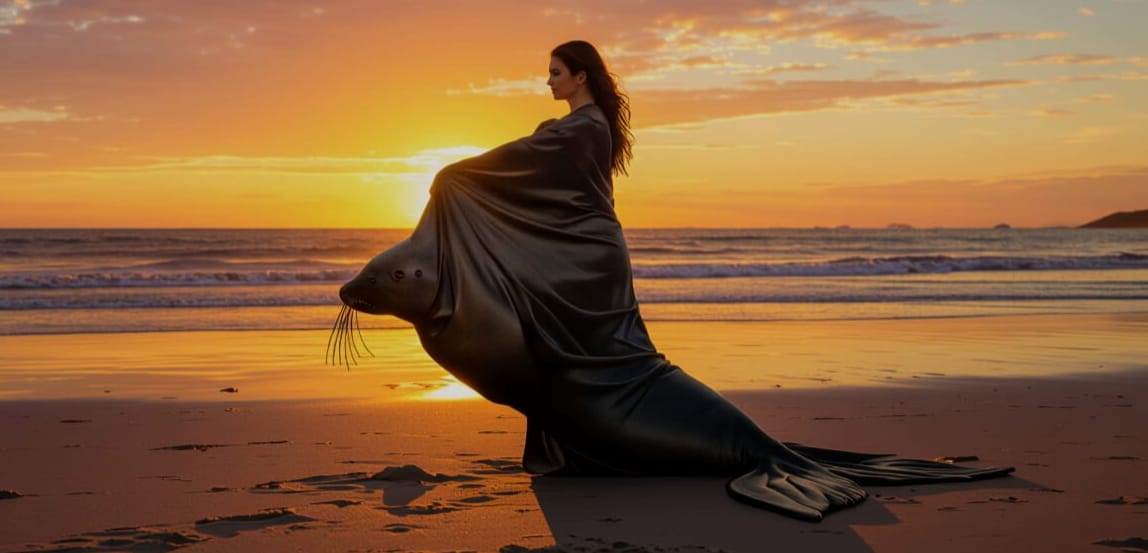Selkie
The year was 51 OtO during the double eclipse when I saw every human and every seal born with a caul. This had never happened before. What this means is there was a new species born into the world. They call themselves the Selkie. They can change between human and seal. It seems the caul is the key, but I do not know how it works.
Basic Information
Anatomy
Genetics and Reproduction
Growth Rate & Stages
Infancy
Seal born
Selkies born in seal form are considered infants until about four to six weeks when they are weaned from their mothers.
Human born
Those born in human form and raised by their human parent remain infants until about two years. For those who are adopted and raised by seals they are infants for six to eight weeks.
Toddler
Seal born
Those born or adopted are "toddlers" or juveniles for about a year. During this time they stay close to their mothers learning to swim and hunt.
Human born
Those who have stayed with their parents are considered toddlers for about a year. Once they have their seal skin they tend to head to the water and are lost to their parents. The selkie parent, if they know where the skin is, will give it to the toddler in order set them free from being trapped on the land.
Young
Seal born
This stage is included in the toddler stage.
Human born
Selkies who have yet to find or receive their seal skin and are raised by their human parent are considered young until they reach puberty. This happens roughly at twelve years of age, give or take a couple of years.
Adolescent
Seal born
Males are considered adolescent for five to seven years, while females take four to eight years.
Human born
Adolescence lasts for roughly six years. They are considered adults between sixteen and eighteen years of age.
Adult
Seal born
For these selkies, adulthood begins when they are fertile.
Human born
Not many selkies raised on land achieve adulthood. If they have not gotten their seal skin by this time, they are likely to develop severe depression and dehydration.







Comments